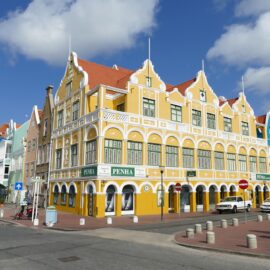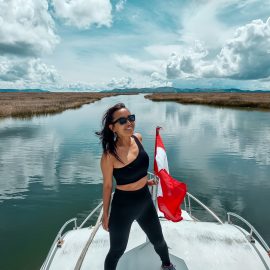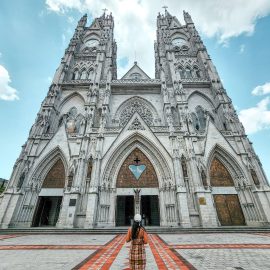My quest to travel to all the UN-recognised countries has led to my country number 79 Paraguay. And once again similar to Venezuela, I didn’t meet a lot of fellow travelers heading to Paraguay which is why I am excited to write about it now with the hope that you will make it there and experience it for yourself. This backpacking Paraguay blog post covers all the travel tips, Paraguay itineraries, and more.
Paraguay like Nepal is a landlocked country in South America, surrounded by Argentina, Brazil, and Bolivia. Asunción, its capital, has some quiet and crowded areas and a blend of Spanish and Guarani cultures. With a population of around 7 million, Paraguay is a place where history whispers through colonial architecture.
What drew me to Paraguay is its authenticity. It’s less touristy compared to its neighbors, offering a genuine experience of South American life. And it’s budget-friendly, which is perfect for backpacking. Also, I was excited to taste the local cuisine, from chipa to sopa paraguaya, and immerse myself in the warm hospitality of the Paraguayan people. More on this down below but first,
Backpacking Paraguay
I am on the mission to travel all the 195 countries in the world (not in a race, more like in a slow and steady fashion) and recently completed 108 countries. It was a big milestone because I work hard, save for these trips and share what I know here on the blog for free so fellow travellers like you can benefit from it. Pls feel free to return the favour by ordering my new book on Amazon – A solo female traveler’s story: from Kathmandu to finding peace in 100+ countries
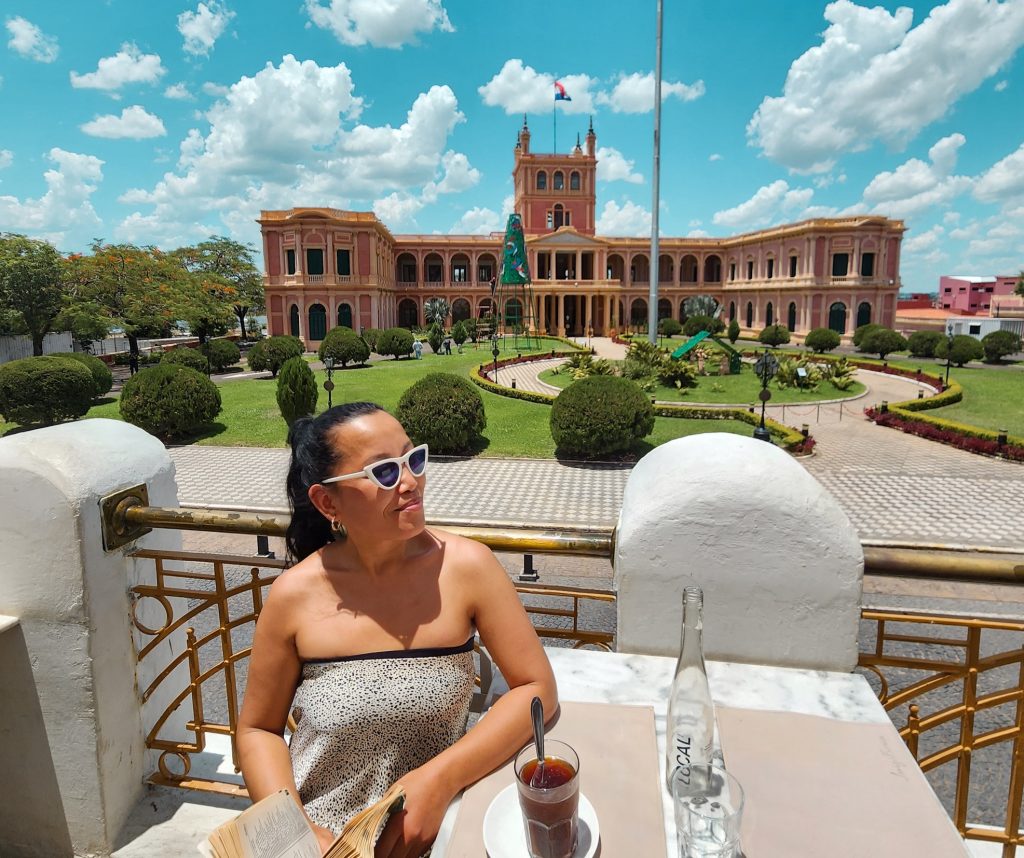
Pre-trip Planning
Visa requirements and entry regulations:
To enter Paraguay, Australian citizens do not need a visa for stays of up to 90 days. However, you’ll need to ensure that your passport is valid for at least six months beyond your intended stay and that you have proof of onward travel.
For other passport holders, same thing applies really please check with the nearest Paraguayan embassy or consulate for your visa requirements.
It’s also important to note that visa requirements can change, so double-check the latest information with the above mentioned authorites before your trip. With the visa requirements sorted, lets dive into planning the rest of your Paraguayan adventure!
For accommodation, I recommend using booking.com and sorting with price, then consider the ones with highest reviews plus within 1km of center/old town. Below I have researched and linked the best ones with this filter (at the time of writing)
For tours, I recommend using get your guide and walking tours available in most places
Best time to visit Paraguay?
The best time to visit Paraguay is during the dry season, which runs from May to September. During this period, the weather is cooler and more pleasant, with lower humidity and less rainfall. This makes it an ideal time for outdoor activities and exploring the country’s natural beauty.
With that said, I was there in January and it was scorching, I was sweating from top to bottom as soon as I went out within 5 minutes guaranteed. So, if you don’t mind that, Jan should be ok.
Additionally, the dry season coincides with Paraguay’s winter months, which means fewer mosquitoes and a lower risk of mosquito-borne diseases. This can be particularly important for travelers planning to visit rural areas or nature reserves.
While the dry season is generally considered the best time to visit Paraguay, it’s also the peak tourist season. As a result, popular attractions and accommodations may be more crowded, and prices may be higher. If you prefer to avoid the crowds and don’t mind the occasional rain shower, the shoulder seasons of April-May, and September-October can also be good times to visit.
What currency do they use in Paraguay?
In Paraguay, the official currency is the Paraguayan Guarani, denoted by the symbol “₲” and the code “PYG.” The Guarani is named after the indigenous Guarani people and is divided into 100 smaller units called céntimos. When traveling in Paraguay, it’s advisable to have some cash on hand, as credit and debit cards are not widely accepted outside of major cities. I brought some USD and exchanged or withdrew local currency from ATMs.
Budgeting and money matters
When it comes to budgeting for your trip to Paraguay, it’s important to plan and consider all your expenses. While Paraguay is known for being budget-friendly, there are still some costs to keep in mind.
First, think about your accommodation options. Hostels and budget hotels are readily available and affordable, especially in major cities like Asunción. You can expect to pay between $10 to $30 per night, depending on the type of accommodation and location.
Food is another major expense to consider. Paraguay offers a variety of dining options, from street food stalls to upscale restaurants. A meal at a mid-range restaurant will cost you around $5 to $15, while street food can be even cheaper.
Transportation costs can vary depending on how you choose to travel. Buses are a popular and inexpensive way to get around Paraguay, with fares starting at around $1 for short distances. If you’re planning to travel longer distances, consider renting a car or taking a long-distance bus, which can cost between $10 to $90 depending on the route.
Finally, don’t forget to budget for activities and sightseeing. Many of Paraguay’s attractions, such as the Jesuit missions and national parks, have entrance fees that range from $1 to $10. Guided tours and other activities may cost extra, so be sure to factor these into your budget as well.
Overall, budgeting for your trip to Paraguay is all about planning and being aware of your expenses. With some careful planning, you can enjoy all that Paraguay has to offer without breaking the bank.
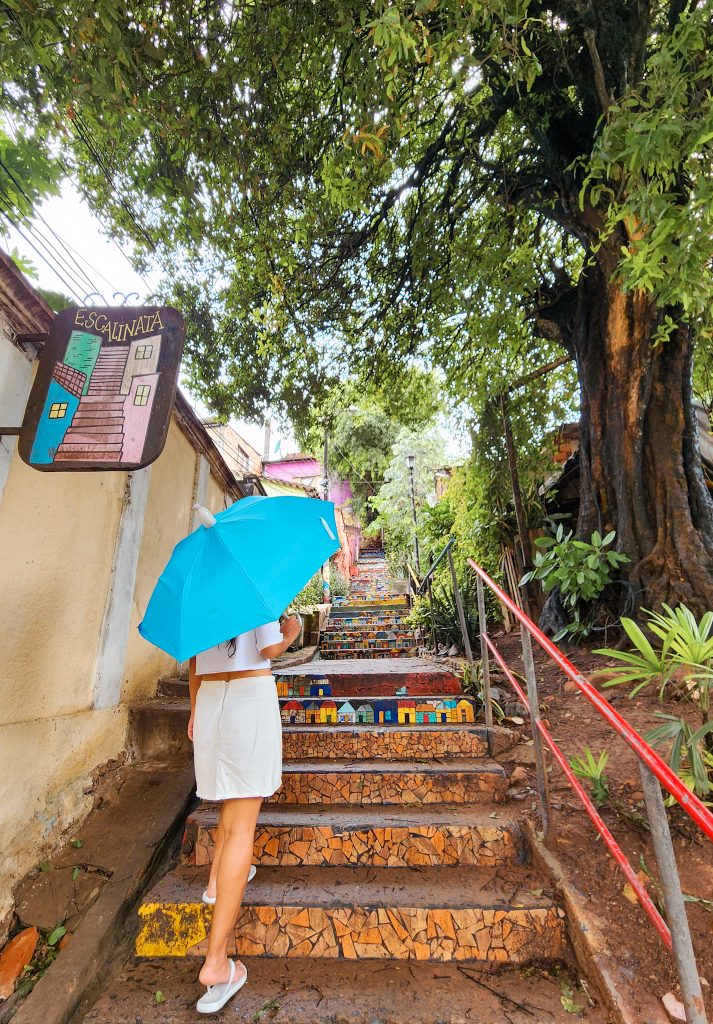

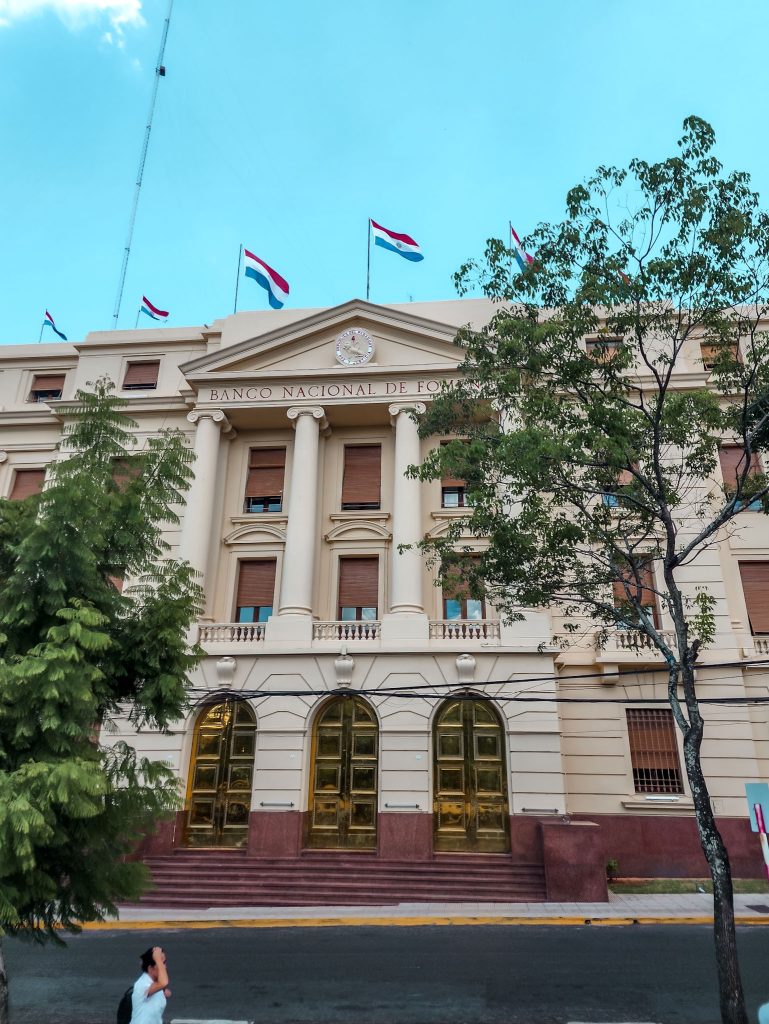
Packing essentials for Paraguay:
Given the warm climate, packed light, breathable clothing, sunscreen, a hat, and sunglasses. I also included insect repellent, as mosquitoes can be a nuisance, especially in rural areas. A good pair of walking shoes essential for exploring the cities and natural attractions. Lastly, I packed a reusable water bottle and a travel adapter for my electronics.
Arrival in Paraguay
Entry points, routes, and transportation options:
Paraguay has several entry points for travelers, including Silvio Pettirossi International Airport in Asunción, which is the main gateway to the country. Other entry points include Ciudad del Este and Encarnación, which can be accessed by land from Brazil and Argentina, respectively. Once in Paraguay, travelers can use a variety of transportation options, including buses, taxis, and rental cars, to get around.
How to go from Iguazu Falls to Ciudad in Paraguay?

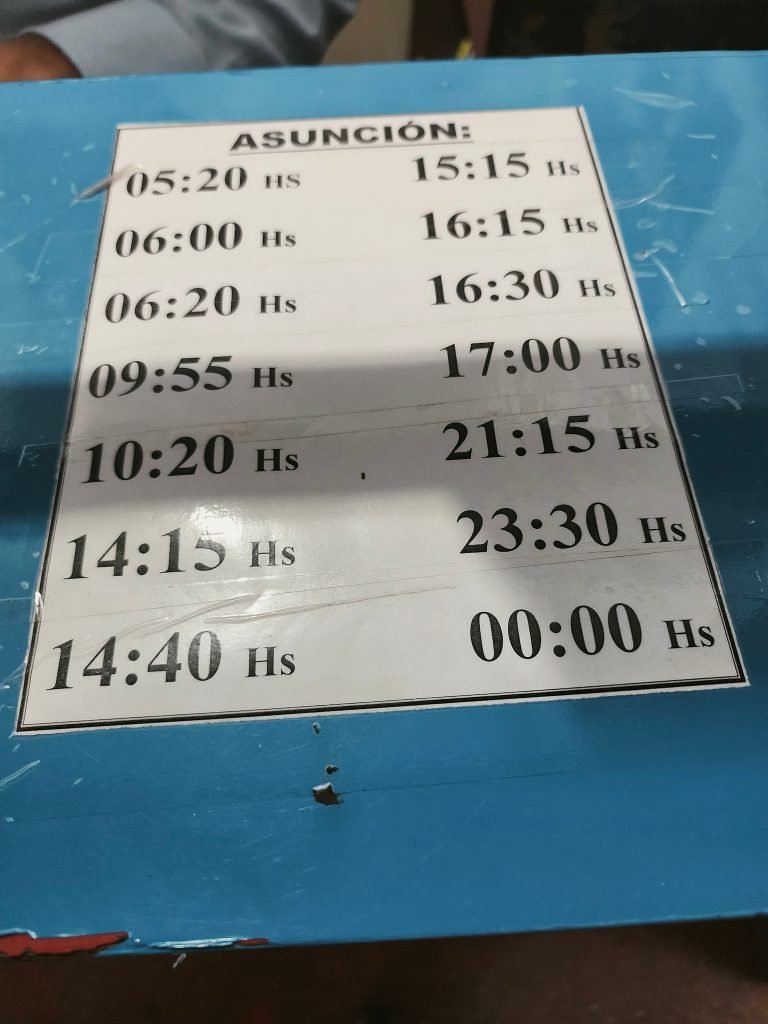
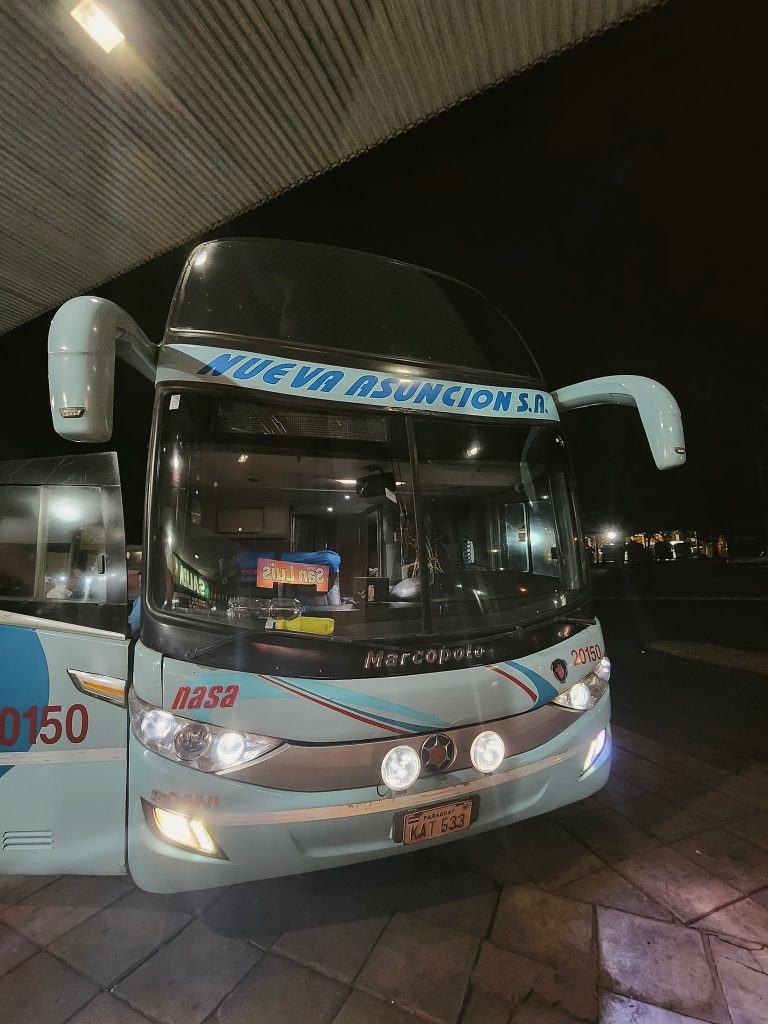

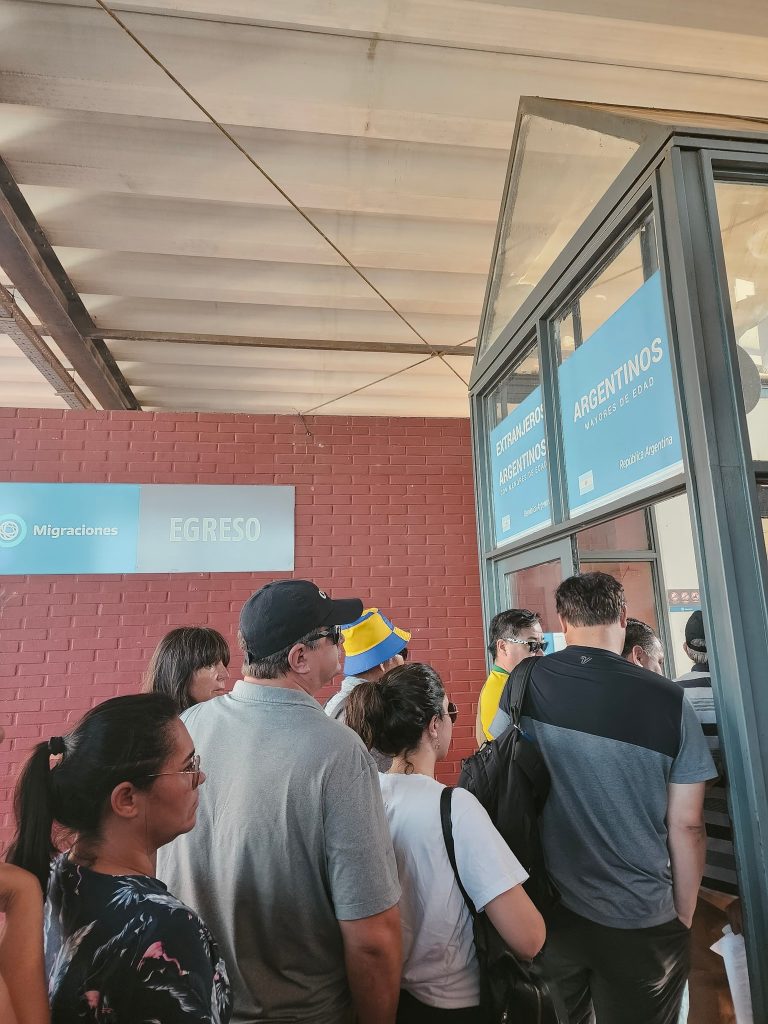
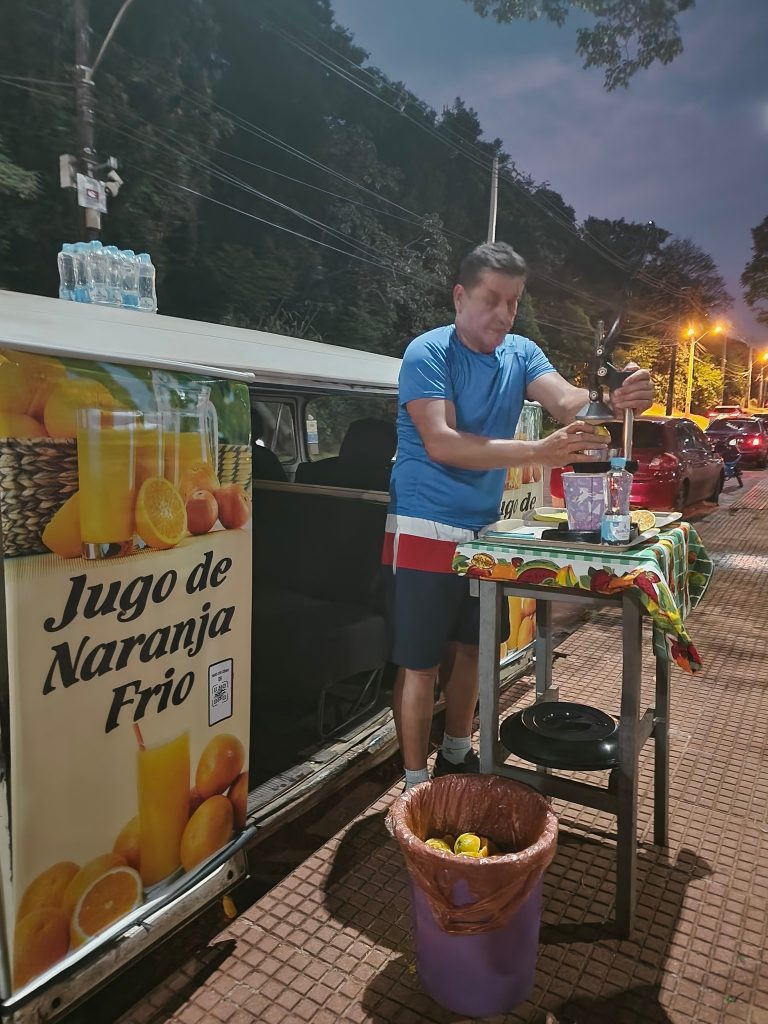
Details below but basically, I took the bus 2 minutes down the road from where I stayed in Iguazu Falls, Argentina to Ciudad.
I wanted local adventure, so I didn’t book tickets beforehand, which meant I had to stand up at the back of the bus with my bags on the floor. The bus moved pretty fast, and was a bumpy ride. Also it was nearly 40 degrees, and I was sweating inside out. Bus was dropping people but picking up double the number, more sweat all around but atleast we were getting closer to the border.
First major stop, was the immigration on the Argentian side. Long queue and after that got back on the bus then another immigration stop was Paraguay immigration. Make sure to tell the bus driver to stop because sometimes they don’t and go straight ahead. After you stamp out, would be a miracle if the bus was waiting for you but it gave an opportunity to explore Ciudad shopping city also.
To travel from Iguazu Falls to Ciudad del Este, you have a few options:
- Bus: There are regular buses that run between Iguazu Falls and Ciudad del Este. The journey takes approximately 45 minutes to 1 hour, depending on traffic and border crossing times. Buses are a budget-friendly option and depart from the main bus terminal in both cities.
- Taxi or Private Transfer: Another option is to take a taxi or arrange for a private transfer. This option offers more flexibility and convenience but can be more expensive than taking a bus.
- Rental Car: If you prefer to have your transportation, you can rent a car and drive from Iguazu Falls to Ciudad del Este. The journey takes around 45 minutes to 1 hour, depending on traffic and border crossing times. Just make sure to check with the rental company about any restrictions or requirements for crossing the border.
Regardless of the option you choose, it’s important to have your passport and any necessary visa/documentation for crossing the border between Argentina and Paraguay. It’s also a good idea to check the latest travel advisories and border crossing information before your trip.
Which route to follow in Paraguay?
Depending on where you are coming from, your Paraguay travel routes may vary. I for one as above, entered Paraguay from Igazau Falls, Argentina, explored around Ciudad then to Asunción, and exited through Paraguay -Brazil’s borders. Yes, I came around to cross to Brazil but that’s what worked for me at the time, if you don’t have a lot of time you can enter through Argentina then take a plane out of Ascuction, While I took the long bus from Paraguay to Brazil I also found that there were direct buses to Santa Cruise, Bolivia from Ascustoin as well.
When it comes to traveling around Paraguay, there are several routes and transportation options to consider. Such as
- Ciudad del Este to Asuncion: This route takes you from the border town Ciudad del Este to the capital city of Asuncion. Ciudad is a city known for its proximity to the Itaipu Dam and the stunning Iguazu Falls on the border with Argentina and Brazil. You can travel by bus or car, with the journey taking approximately 5-6 hours. If you arrive at the international airport, you could do it the other way too.
- Asunción to Encarnación: Traveling from Asunción to Encarnación, located on the banks of the Paraná River, is a popular route for visitors looking to explore the Jesuit ruins of Trinidad and Jesús, as well as the charming riverfront area of Encarnación. The journey can be made by bus or car, with a travel time of around 5-6 hours.
- Asunción to the Gran Chaco: For those looking to explore the vast wilderness of the Gran Chaco region, the route from Asunción to Filadelfia is a common choice. This route takes you through rural Paraguay, offering a glimpse of the country’s rural life and wildlife. The journey can be made by bus or car, with a travel time of approximately 8-10 hours.
- Asunción to Concepción: Traveling from Asunción to Concepción takes you through the heart of Paraguay, offering a glimpse of the country’s small towns and rural landscapes. Concepción is known for its colonial architecture and historic charm. The journey can be made by bus or car, with a travel time of around 5-6 hours.
- Ciudad del Este to Pedro Juan Caballero: This route takes you from Ciudad del Este, near the border with Brazil, to Pedro Juan Caballero, near the border with Brazil. Pedro Juan Caballero is known for its duty-free shopping and vibrant market scene. The journey can be made by bus or car, with a travel time of approximately 5-6 hours.
Accommodation options for backpackers:
Paraguay offers a range of accommodation options to suit every budget. Backpackers can choose from hostels, guesthouses, and budget hotels, which typically offer dormitory-style rooms or private rooms at affordable prices. Camping is also an option in some areas, especially in national parks and rural areas.
For accommodation, I recommend using booking.com and sorting with price, then consider the ones with highest reviews plus within 1km of center/old town. Below I have researched and linked the best ones with this filter (at the time of writing)
For tours, I recommend using get your guide and walking tours available in most places
Where to stay in Paraguay?
Paraguay offers several budget-friendly accommodation options for backpackers. Here are some popular choices:
Asunción
- El Nomada Hostel:
- Offers dorms and private rooms.
- Features a swimming pool, garden, and communal kitchen.
- Centrally located, close to major attractions.
- Hamaca Paraguaya Hostel:
- Known for its friendly atmosphere.
- Provides dormitory-style accommodations and private rooms.
- Includes a communal kitchen and common areas.
Encarnación
- Kerana Hostel:
- Offers dorm beds and private rooms.
- Includes a swimming pool, garden, and BBQ facilities.
- Close to the beach and city center.
- Mbarete Hostel:
- Provides dormitory and private room options.
- Features a communal kitchen and common spaces.
- Near the city center and the beach.
Ciudad del Este
- Hostel Casa Alta:
- Offers a mix of dorms and private rooms.
- Includes a communal kitchen, terrace, and garden.
- Convenient location near shopping centers and the border.
- Hummingbird Hostel:
- Known for its friendly staff and cozy atmosphere.
- Provides dormitory-style accommodations and private rooms.
- Features a garden and shared kitchen.
Other Recommendations
- Hospedaje San Lorenzo (San Lorenzo):
- A budget-friendly option with basic amenities.
- Offers dorms and private rooms.
- Located close to the university and transportation links.
- Hostel Bambu (Villarrica):
- Offers dormitory and private room options.
- Includes a communal kitchen and garden.
- Centrally located, ideal for exploring the town.
Tips for Backpackers
- Booking in Advance: During peak travel seasons, it’s wise to book accommodations in advance to secure a spot.
- Local Hostels: Consider staying at locally-owned hostels to support the local economy.
- Hostelworld and Booking.com: These platforms are great for finding reviews and booking backpacker accommodations in Paraguay.
Is Paraguay safe for tourists?
While backpacking in Paraguay is generally considered safe for travelers, it’s important to take some precautions to ensure a safe and enjoyable trip. Avoid displaying valuables such as expensive jewelry or electronics, especially in crowded or touristy areas. Keep your belongings secure and be aware of your surroundings at all times. I didn’t have insurance but it’s also a good idea to have travel insurance to cover any unexpected incidents.
Backpacking Paraguay itinerary
Ciudad del Este


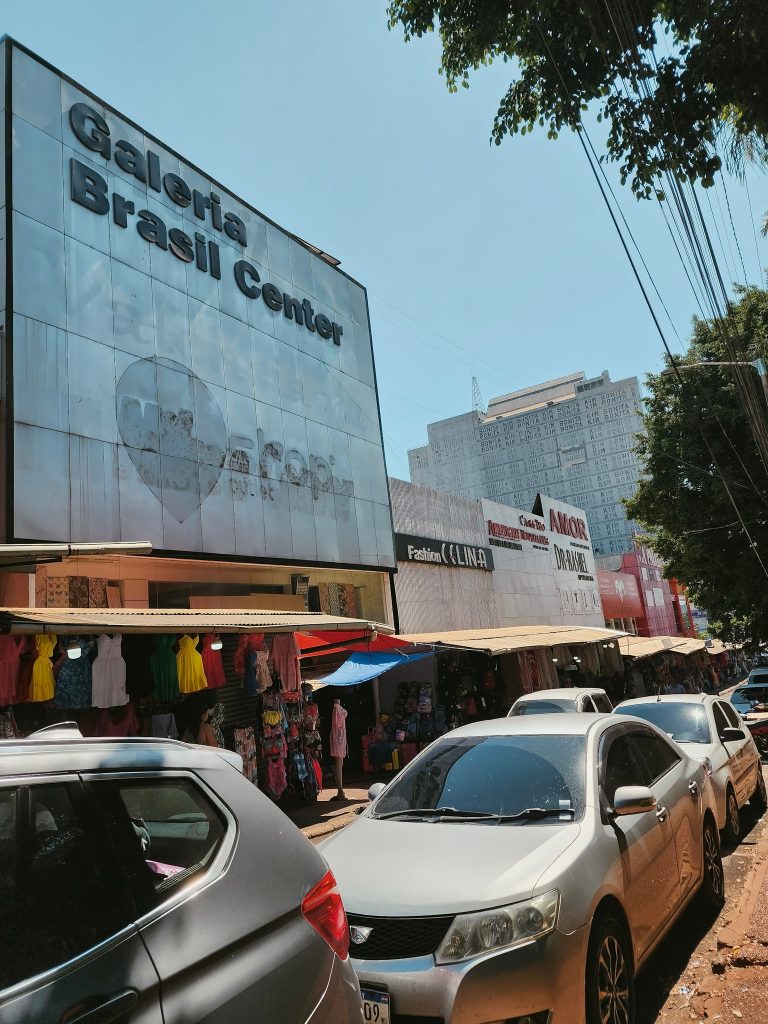
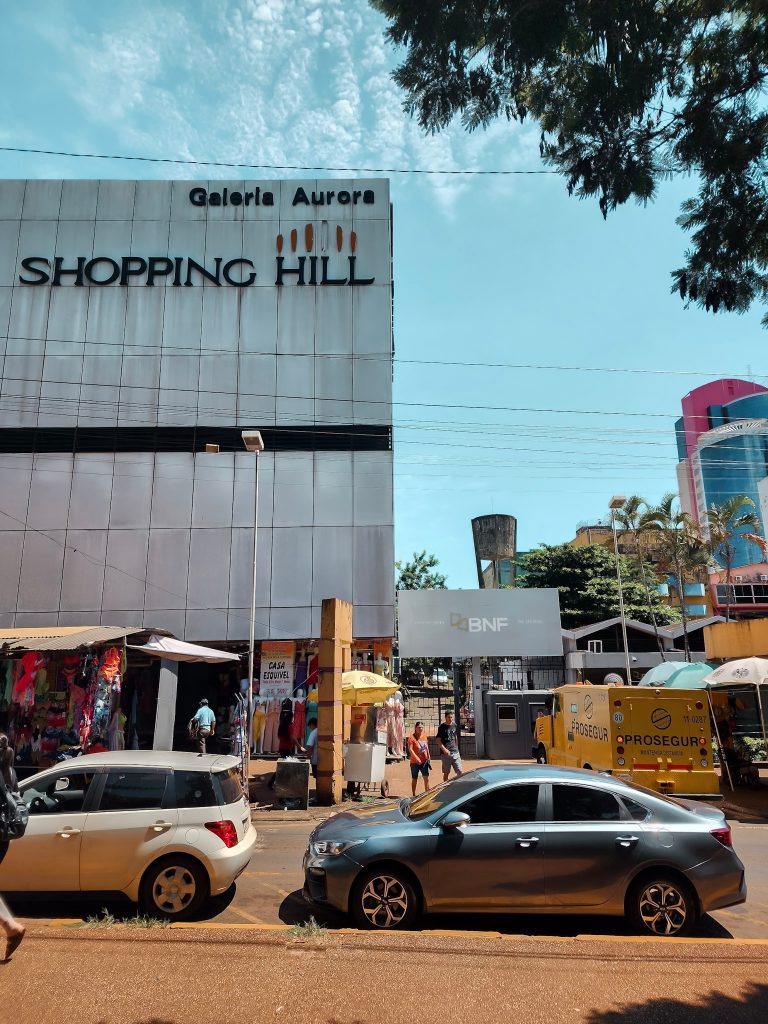
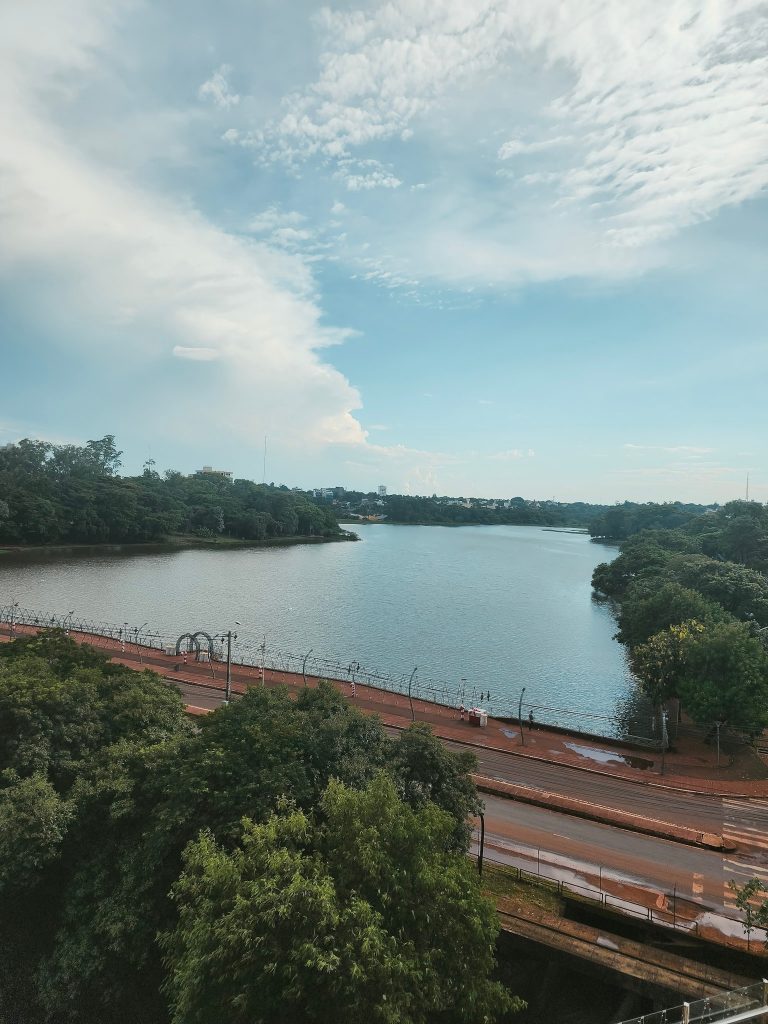

I entered this border town Ciudad from Argentina. It is a bustling shopping scene, particularly at places like the Mercosur Shopping Mall and the Monalisa Shopping Mall, where visitors can find a wide range of goods at duty-free prices. Additionally, the city is a gateway to the Itaipu Dam, one of the largest hydroelectric dams in the world.
The Itaipu Dam is located on the Paraná River, on the border between Paraguay and Brazil. It is a marvel of engineering and a symbol of cooperation between the two countries. The dam produces a large amount of hydroelectric power, which is used to supply electricity to both Paraguay and Brazil.
Tours and activities at the Itaipu Dam: You can take guided tours of the Itaipu Dam to learn about its history, construction, and operation. The tours typically include a visit to the dam’s observation deck, where you can get a panoramic view of the dam and its surroundings. Additionally, there are boat tours that take you closer to the dam, allowing you to appreciate its sheer size and scale.
Nearby attractions and natural wonders: In addition to the Itaipu Dam, Ciudad del Este is close to several other attractions and natural wonders. One popular destination is the Monday Falls (Saltos del Monday), a series of waterfalls located just outside the city. Another option is to visit the Itaipu Biological Reserve, a protected area surrounding the dam that is home to a variety of plant and animal species. For those interested in history, the nearby town of Presidente Franco is home to the Itaipu Cultural Center, which offers exhibits on the history and culture of the region.
How to go from Ciudad to Asuncion?


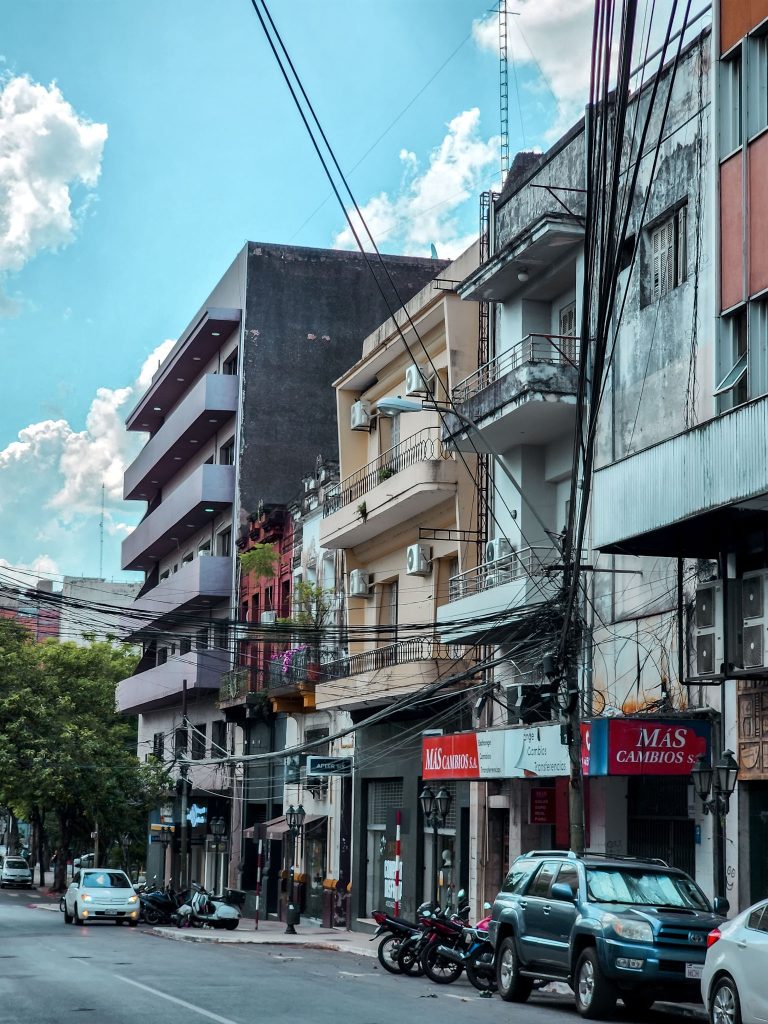
To travel from Ciudad del Este to Asunción, you have several options:
- Bus: There are regular buses that run between Ciudad del Este and Asunción. The journey takes approximately 5 to 6 hours, depending on traffic and road conditions. Buses are a budget-friendly option and depart from the main bus terminal in Ciudad del Este. There is only one so you can’t miss it, just go there and there are lots of windows selling tickets to the capital city. Outside the terminal are shops, cafes, restaurants even a subway!
- Taxi or Private Transfer: Another option is to take a taxi or arrange for a private transfer. This option offers more flexibility and convenience but can be more expensive than taking a bus.
- Rental Car: If you prefer to have your own transportation, you can rent a car and drive from Ciudad del Este to Asunción. The journey takes around 5 to 6 hours, depending on traffic and road conditions. Just make sure to check with the rental company about any restrictions or requirements for crossing the border.
Exploring Asunción
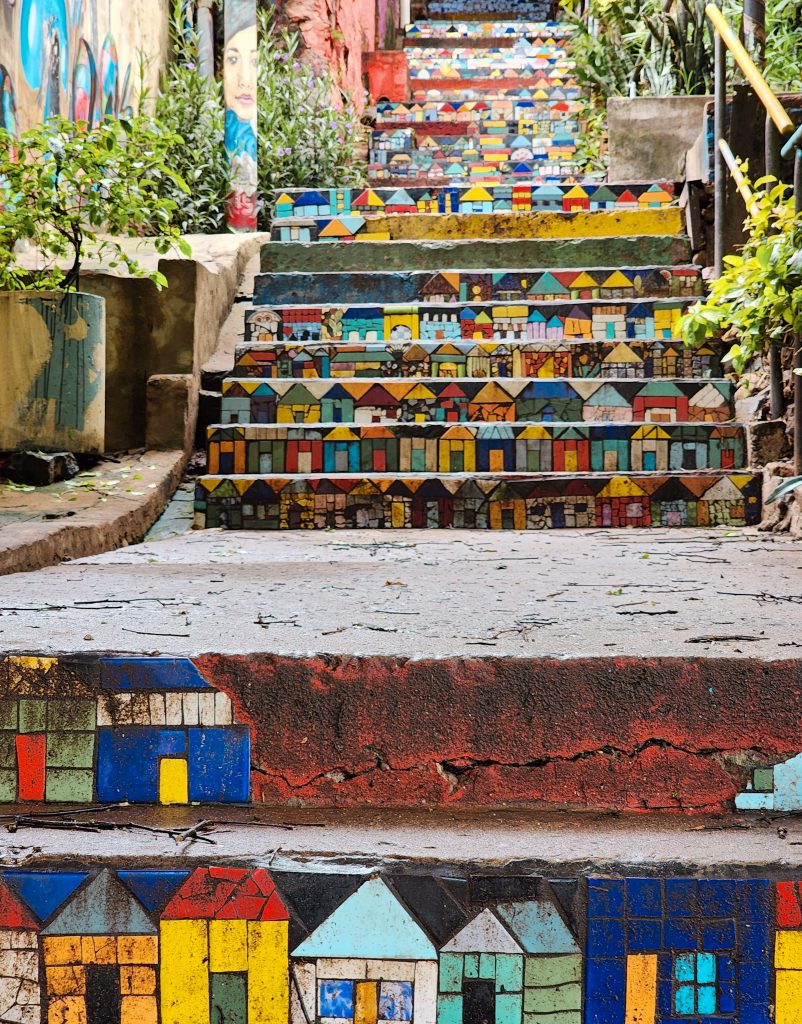



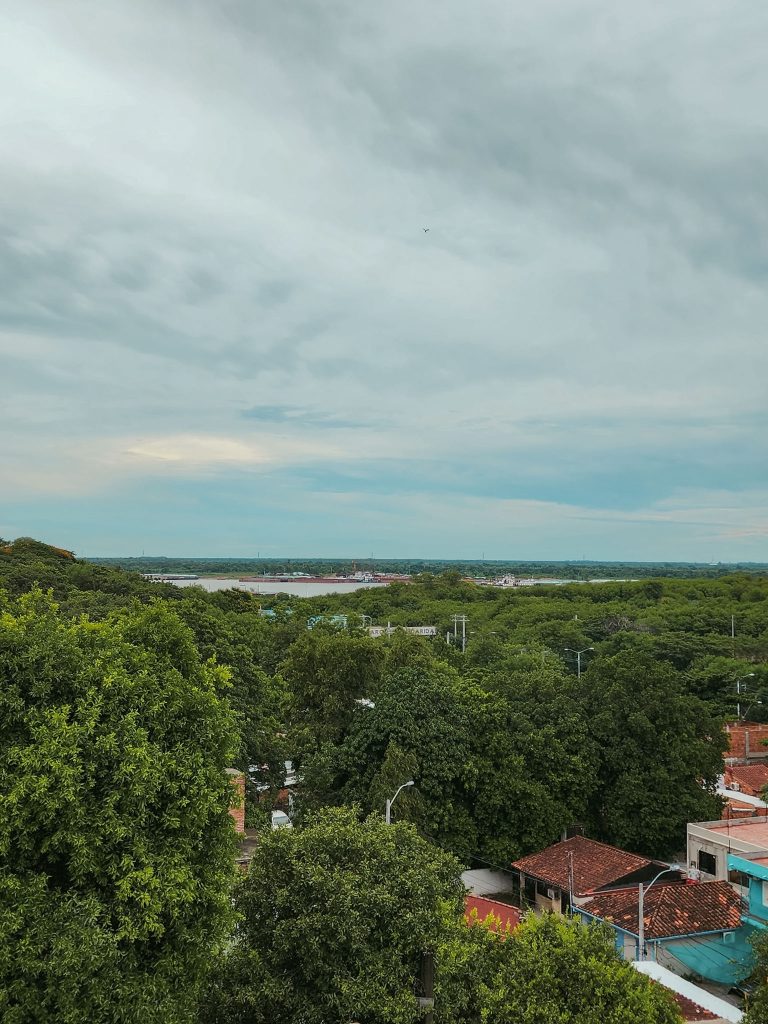

Top attractions in the capital city
– Palacio de los López: The presidential palace, known for its beautiful architecture and historical significance.
– Panteón Nacional de los Héroes: A mausoleum honoring Paraguay’s heroes, located in the heart of Asunción.
– Museo del Barro: A museum showcasing Paraguayan art and culture, with a focus on indigenous and folk art.
– Mercado 4: A bustling market where you can find everything from fresh produce to local crafts.
– Costanera de Asunción: A waterfront promenade along the Paraguay River, perfect for a leisurely stroll or bike ride.
– Hidden gem – Visit Escalinata (colourful tile stairs, walk all the way to the top, turn left for a roof top restaurant/bar)
Cultural experiences and local cuisine
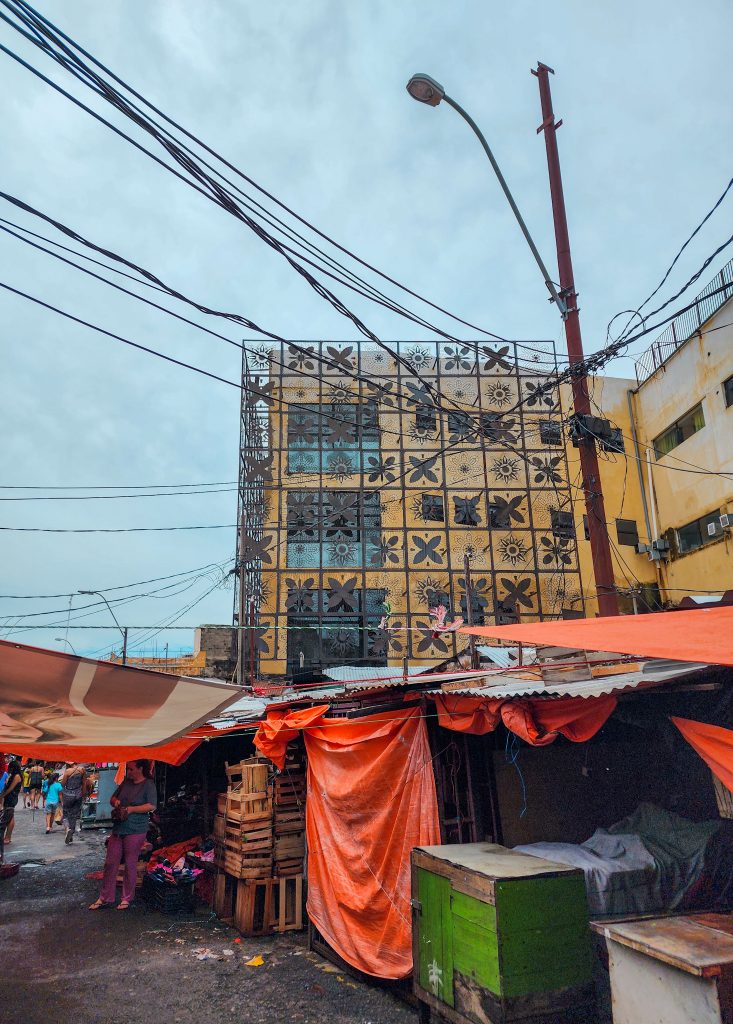
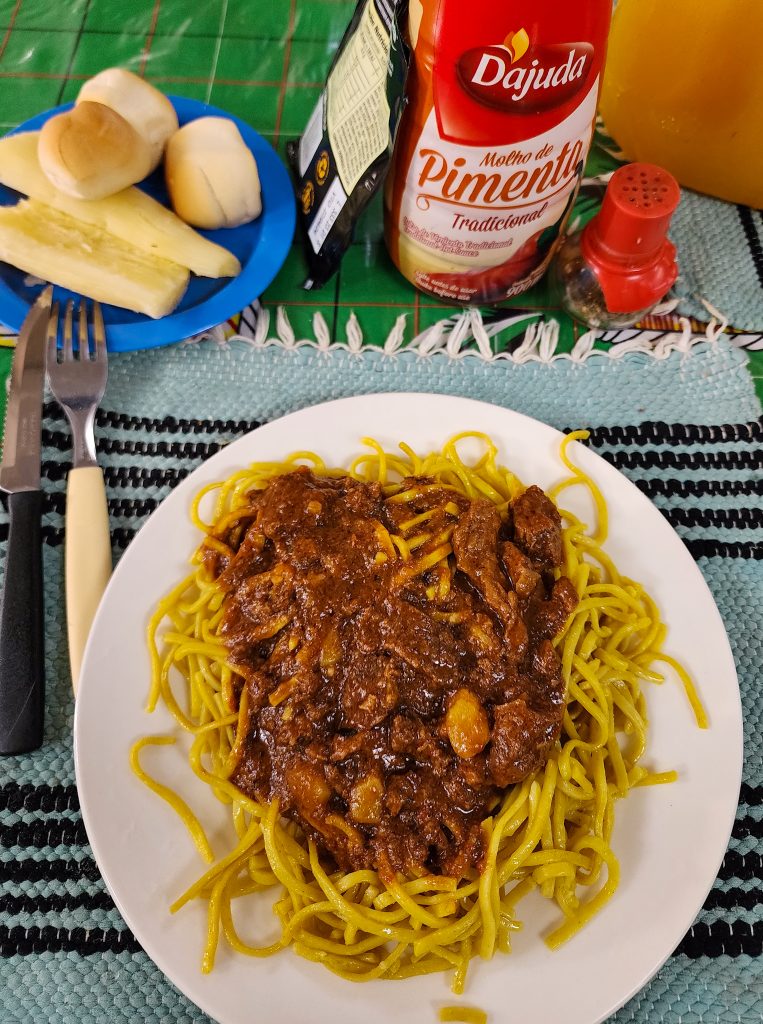
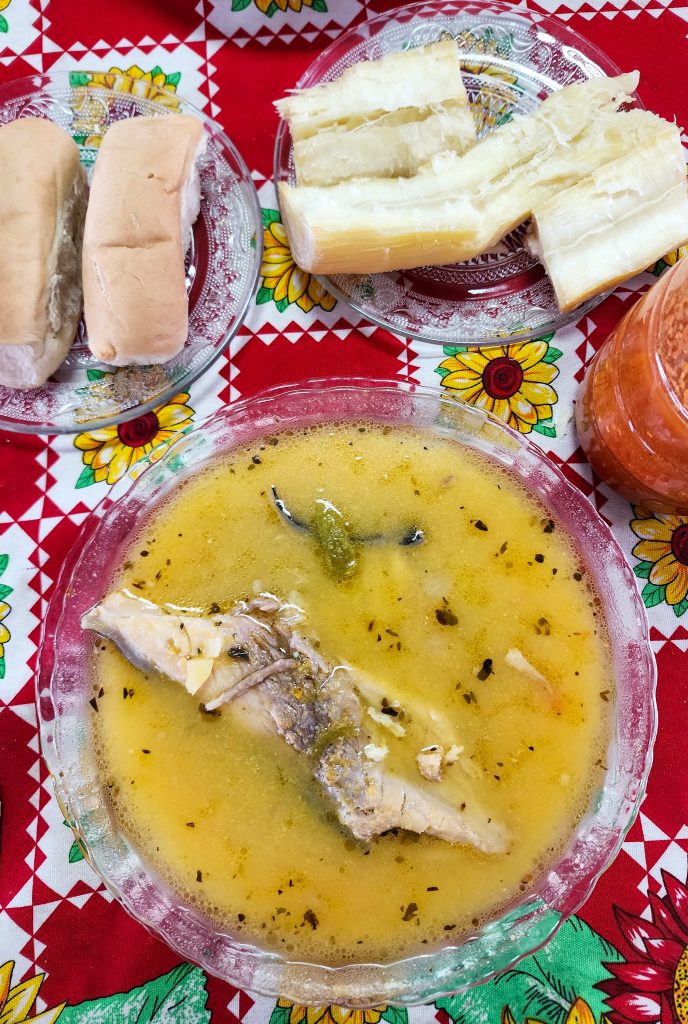
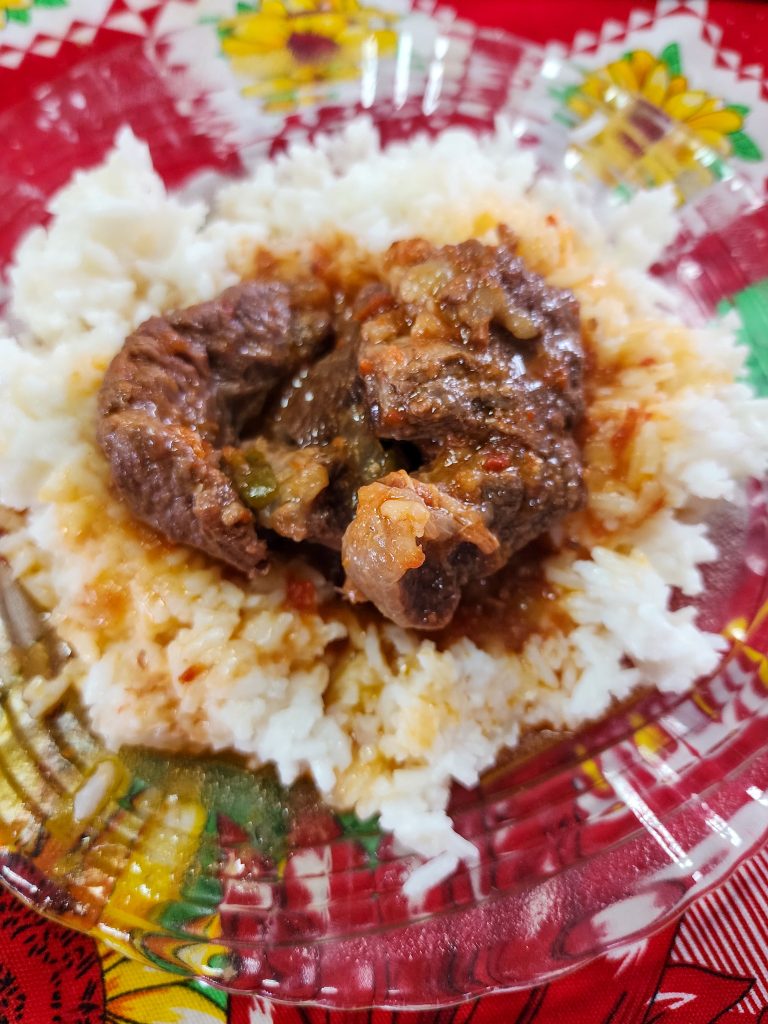
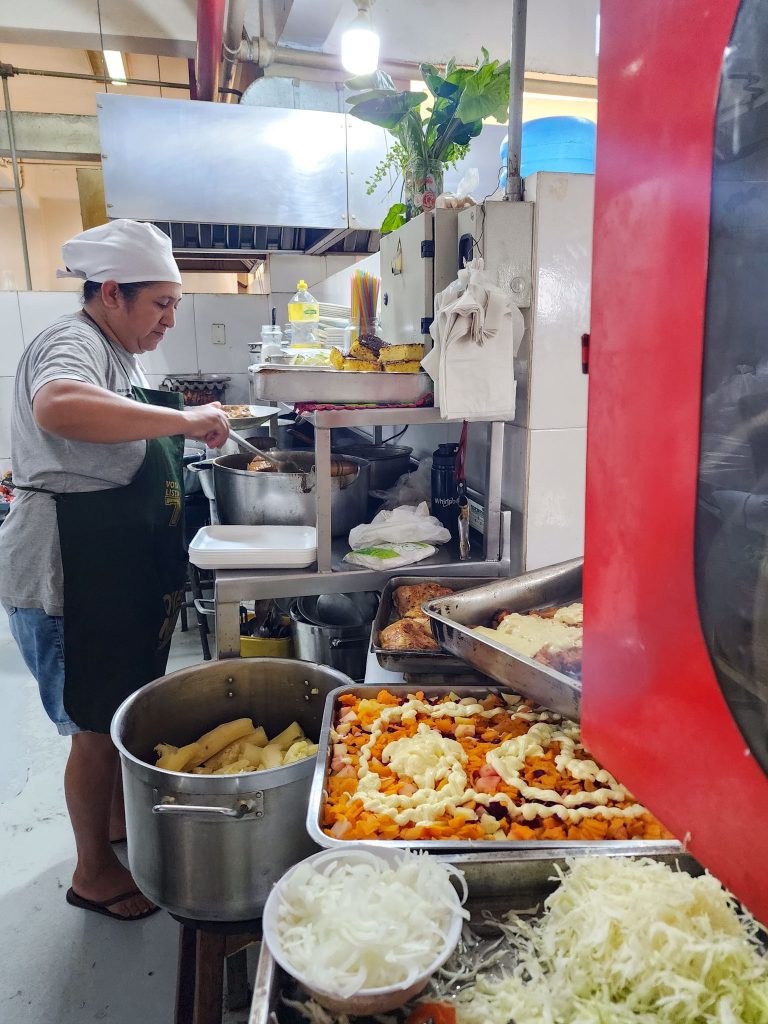
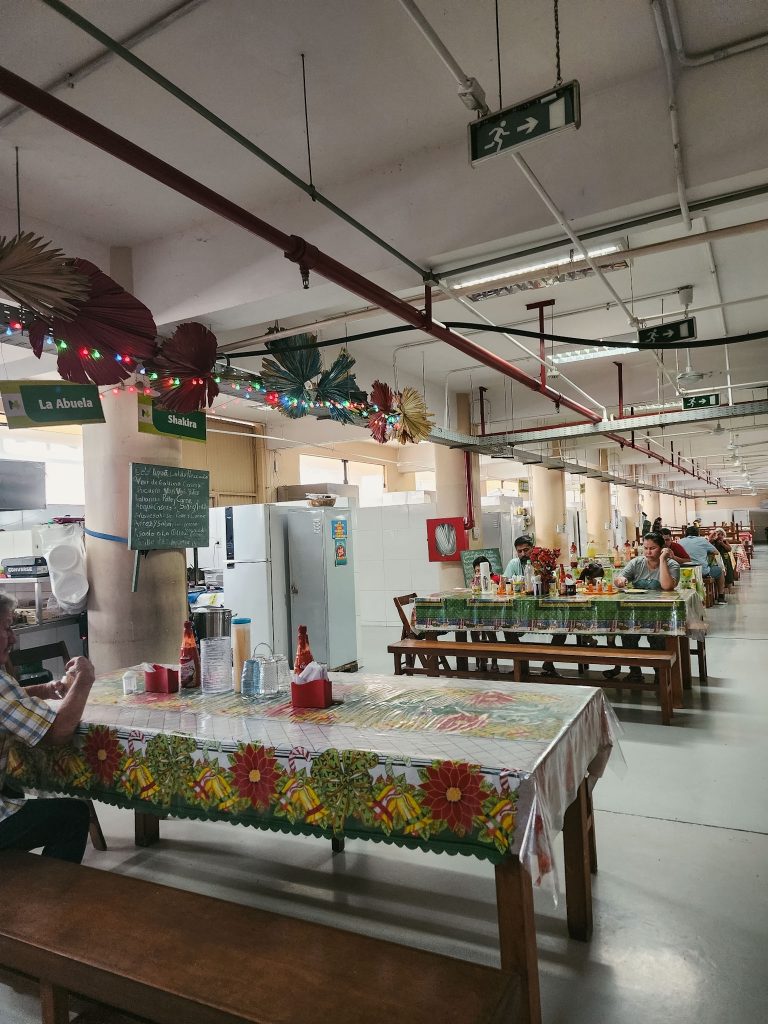
– Try traditional Paraguayan dishes such as sopa paraguaya (a type of cornbread), chipa (a cheese bread), and mbeju (a type of cassava pancake).
– Experience the vibrant music and dance scene in Asunción, with live performances of traditional Paraguayan music such as polka and guarania.
– Visit the Centro Cultural de la República El Cabildo, a cultural center housed in a historic building that offers exhibitions, concerts, and cultural events.
Budget-friendly activities in Asunción


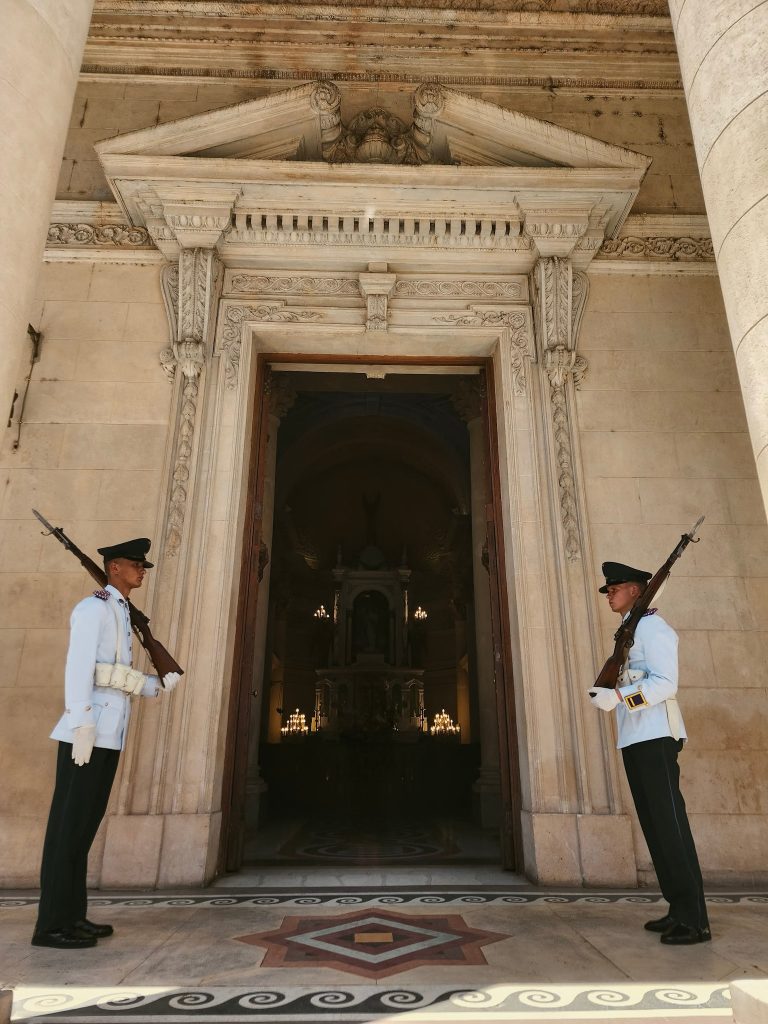
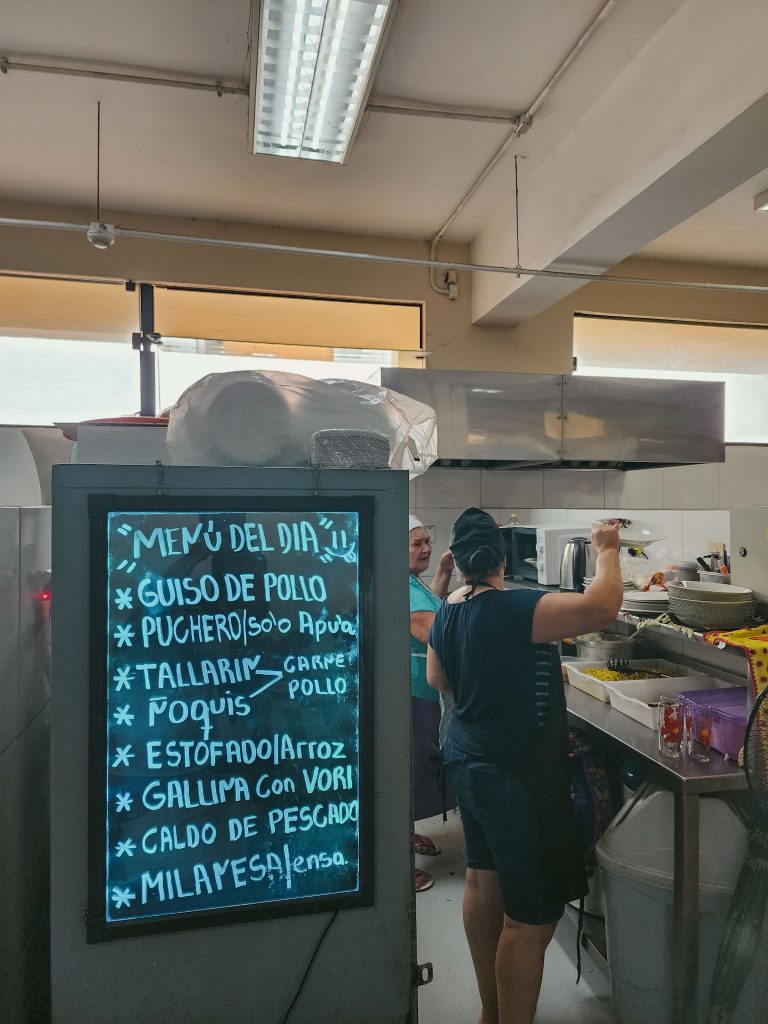

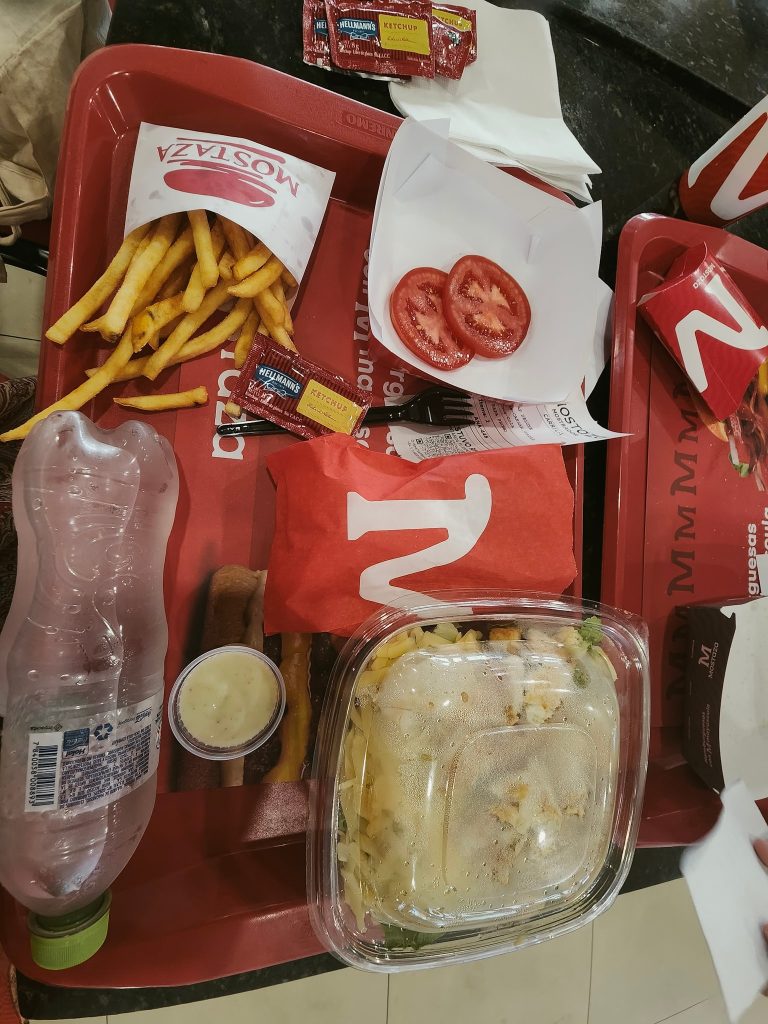
– Explore the historic center of Asunción on foot, taking in the colonial architecture and charming streets.
– Visit the Museo de la Ciudad, a museum that offers insights into Asunción’s history and culture.
– Relax in one of Asunción’s many parks, such as Parque Carlos Antonio López or Parque Ñu Guasu, which offer green spaces and recreational activities.
– Attend a local festival or event, such as the Semana Santa (Holy Week) celebrations or the Festival de la Independencia, to experience Paraguayan culture and traditions firsthand.
Day Trips from Asunción
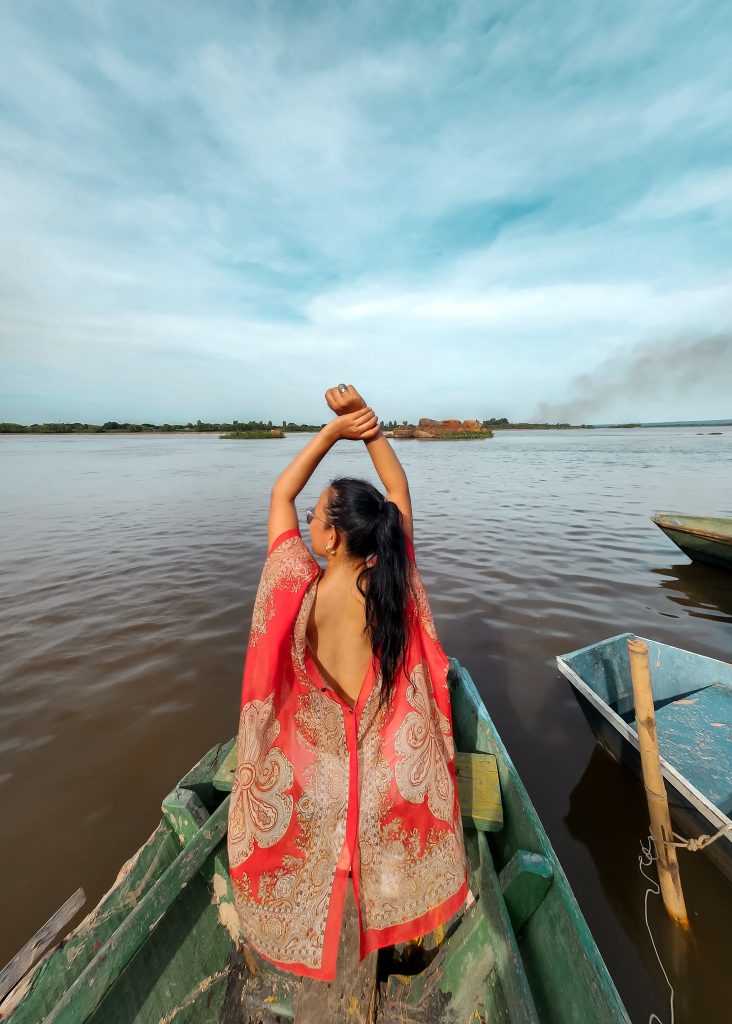
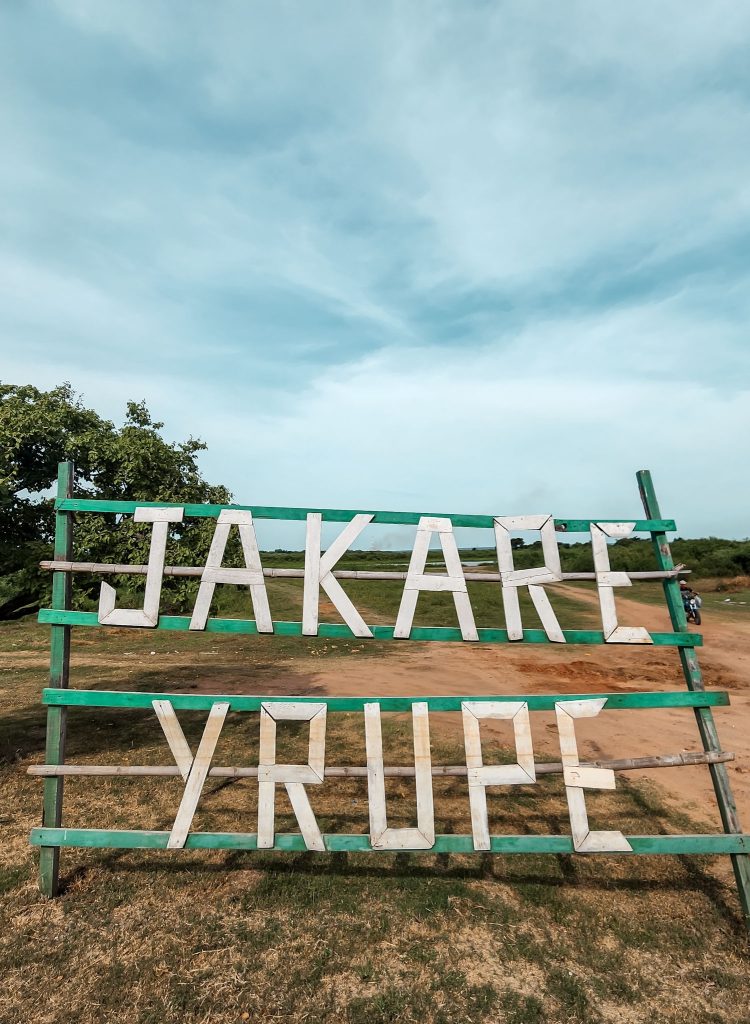
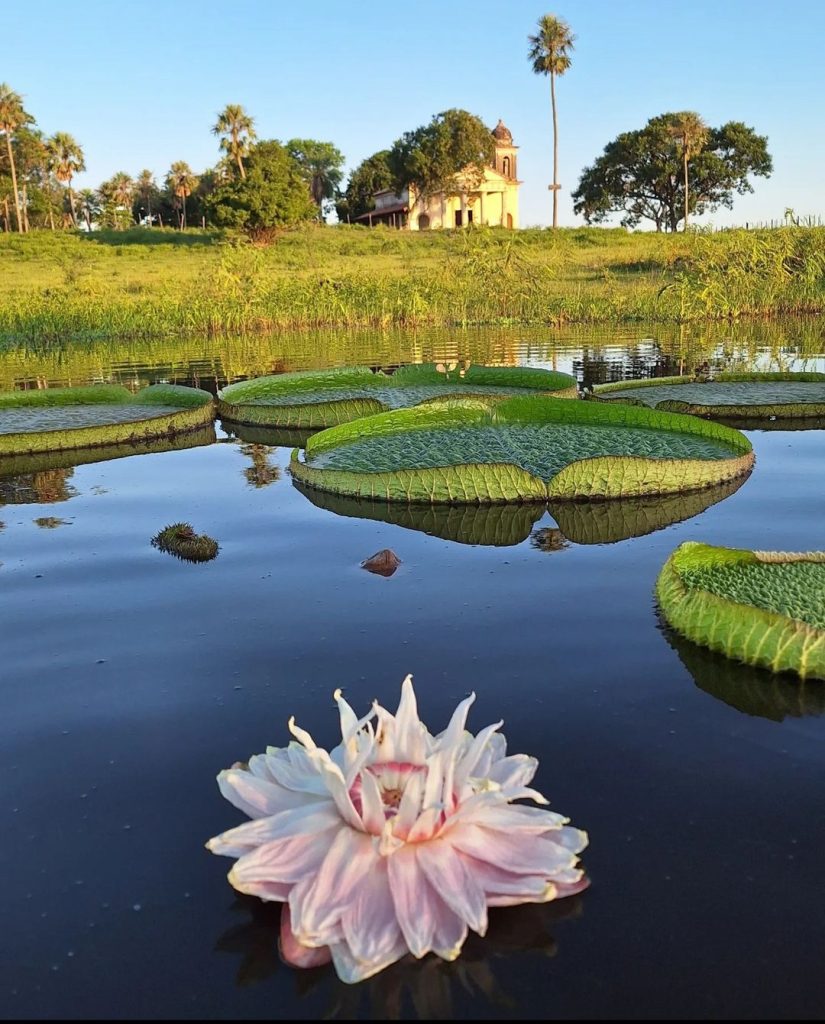

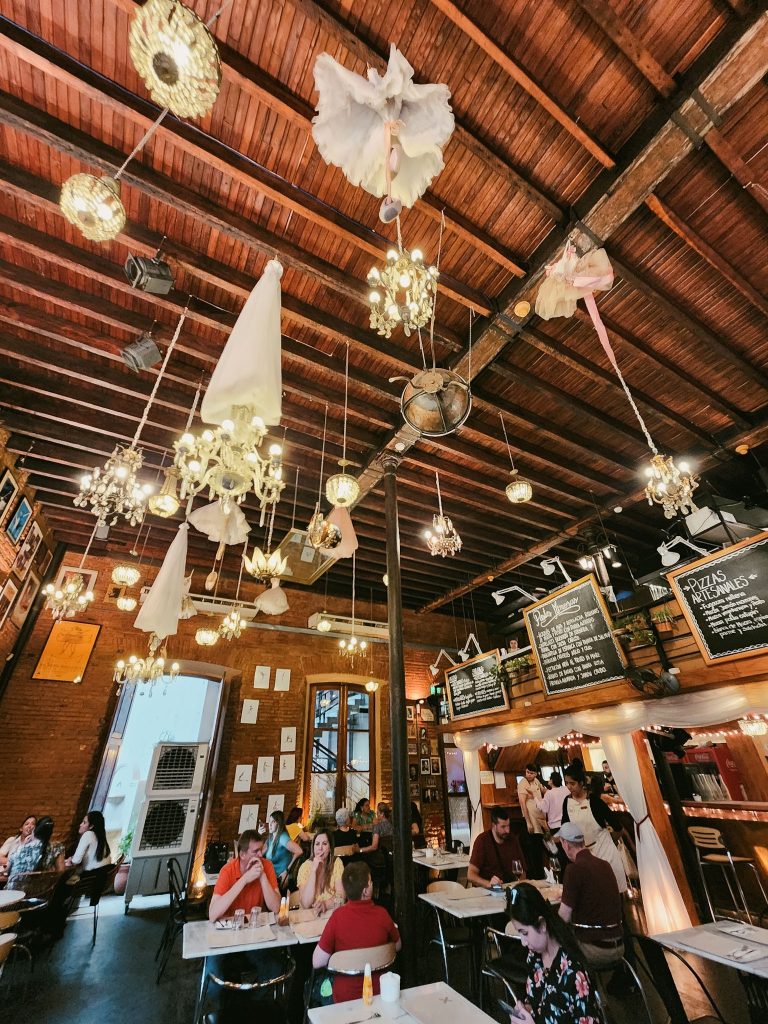
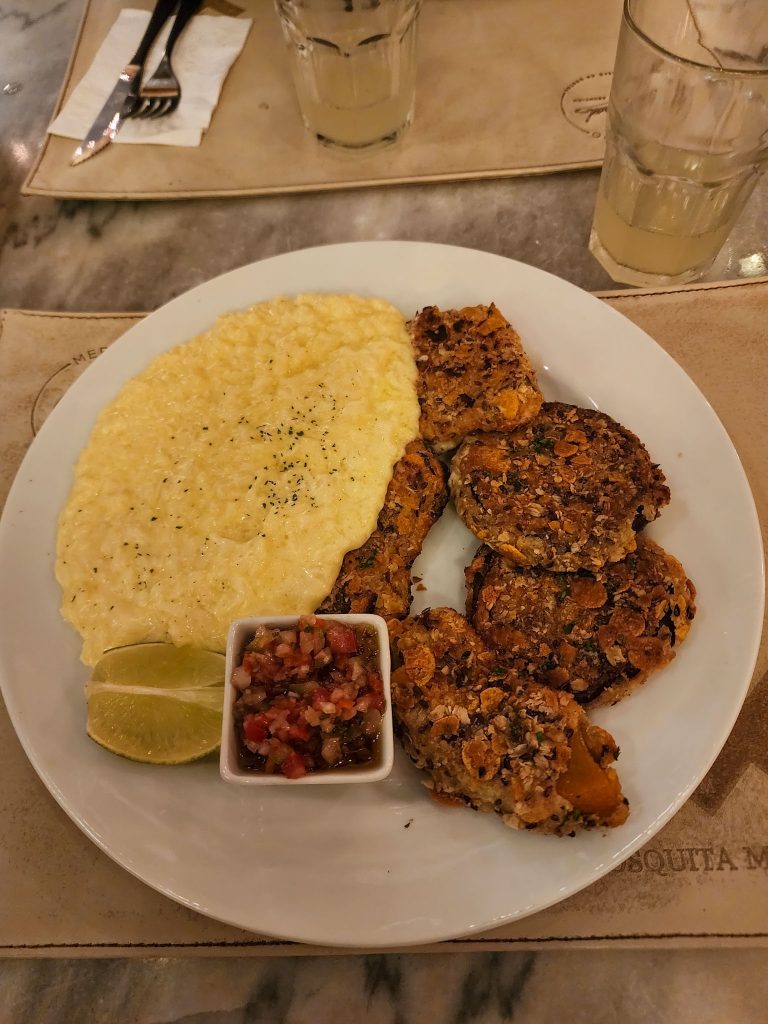


Jakare Yrupe
- Overview: Jakare Yrupe is a nature reserve located near Asunción, known for its stunning giant lotus flowers that bloom in the wetlands.
- How to Get There: You can reach Jakare Yrupe by car or taxi from Asunción, with the journey taking approximately 1 to 1.5 hours.
- Activities: Explore the wetlands on foot or by boat to see the giant lotus flowers up close. You can also spot a variety of bird species and other wildlife in the area.
- Tips: Wear comfortable clothing and sturdy shoes, as you’ll be walking on uneven terrain. Don’t forget to bring sunscreen, insect repellent, and plenty of water.
- Optional Extension: After visiting Jakare Yrupe, you can continue your day trip by exploring other nearby attractions, such as the Ypacaraí Lake or the town of Areguá, known for its traditional crafts and pottery.
Adding Jakare Yrupe to your day trip itinerary will allow you to experience the natural beauty of Paraguay and see the stunning giant lotus flowers that are unique to this region. There are also several other day trips you can take from Asunción to explore the surrounding area which I have listed below:
- Areguá: Located about 30 minutes from Asunción, Areguá is known for its picturesque lake and colonial architecture. You can stroll along the waterfront, visit local artisans, and try traditional foods like chipa, a type of cheese bread.
- Ypacaraí Lake: Just a short drive from Asunción, Ypacaraí Lake offers scenic views and a relaxing atmosphere. You can enjoy a boat ride on the lake, have a picnic by the shore, or explore the nearby town of San Bernardino.
- Yaguarón: This historic town is home to the UNESCO-listed Jesuit mission of Yaguarón, which dates back to the 17th century. You can visit the mission church and learn about its history and significance.
- Itauguá: Known for its traditional ñandutí lace, Itauguá is a great place to shop for souvenirs and handicrafts. You can also visit the local museum to learn more about the art of lace making.
- Piribebuy: Located in the Cordillera region, Piribebuy is known for its scenic beauty and historic sites. You can visit the historic church of Piribebuy and explore the surrounding countryside.
These are just a few examples of the many-day trips you can take from Asunción. Whether you’re interested in history, culture, or nature, there’s something for everyone to enjoy just a short drive from the capital.


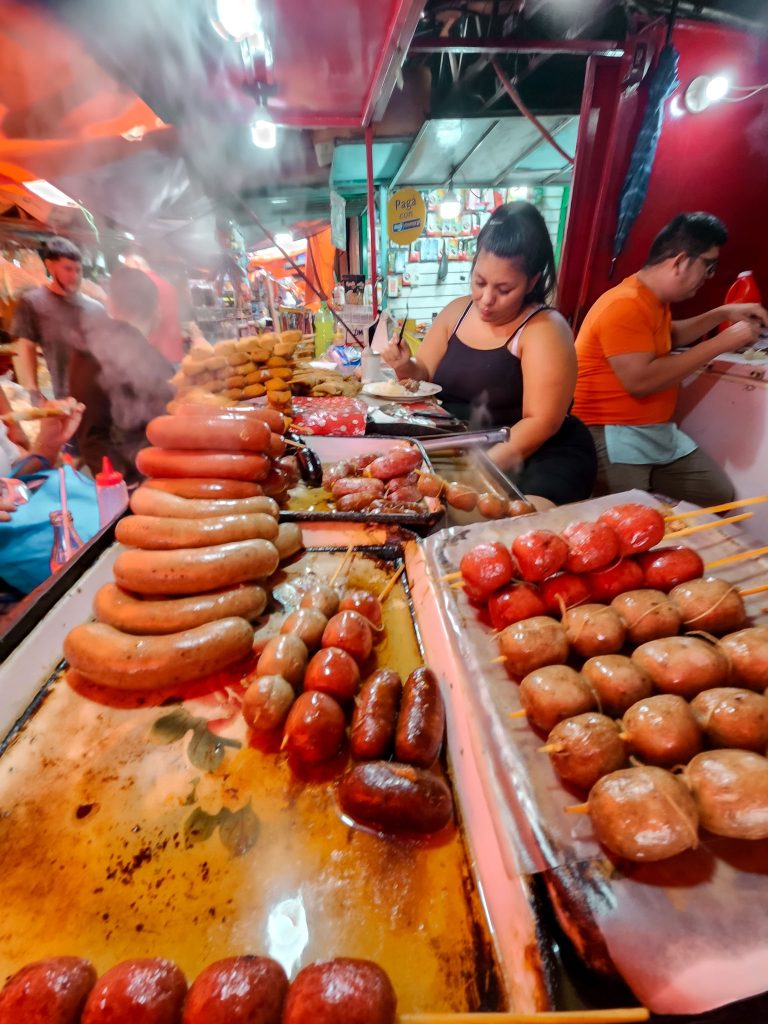
See more in Paraguay
If you’re looking to extend your stay in Paraguay, consider these optional activities:
San Jose Beach, Encarnación
- Overview: San Jose Beach is located along the Paraná River in Encarnación, offering a picturesque setting for relaxing and enjoying the sun.
- How to Get There: You can reach San Jose Beach by car or taxi from Asunción, with the journey taking approximately 4 to 5 hours. Alternatively, you can take a bus from Asunción to Encarnación, which takes around 5 to 6 hours, and then a short taxi ride to the beach.
- Activities: Spend the day relaxing on the sandy shores of San Jose Beach, swimming in the clear waters of the Paraná River, and enjoying a picnic by the riverside. You can also rent kayaks or paddleboards to explore the river or take a boat tour of the area.
- Tips: Bring sunscreen, a hat, and sunglasses to protect yourself from the sun. It’s also a good idea to bring snacks and plenty of water, as there are limited facilities at the beach.
- Optional Extension: After visiting San Jose Beach, you can explore the town of Encarnación, known for its colonial architecture, lively markets, and delicious local cuisine. You can also visit nearby attractions such as the Jesuit ruins of Trinidad and Jesús or take a boat trip to the Yacyretá Dam.
Adding San Jose Beach to your itinerary will allow you to relax and unwind in a beautiful natural setting, making your stay in Paraguay even more memorable.
Discovering the Jesuit Mission ruins
Here you can learn about the fascinating history of the Jesuit missions in Paraguay, which date back to the 17th century and were a key part of the region’s cultural and religious heritage.
Explore the well-preserved ruins of the Jesuit missions, such as Trinidad and Jesús, and marvel at their intricate architecture and historical significance. Immerse yourself in the Guarani culture and traditions that are still prevalent in the region, and gain a deeper understanding of Paraguay’s cultural heritage.
Exploring the Paraná River and Wetlands
Discover the diverse ecosystems of the Paraná River and Wetlands, which are home to a wide variety of plant and animal species. You can take a boat tour of the Paraná River to spot wildlife such as capybaras, caimans, and a variety of bird species, or explore the wetlands on foot or by bike.
Learn about the importance of conservation in the region and participate in ecotourism activities that promote sustainable practices and support local communities.
These optional activities offer a unique opportunity to explore Paraguay’s natural and cultural heritage and create unforgettable memories during your stay
Adding San Jose Beach to your itinerary will allow you to relax and unwind in a beautiful natural setting, making your stay in Paraguay even more memorable.
Is Paraguay worth visiting?




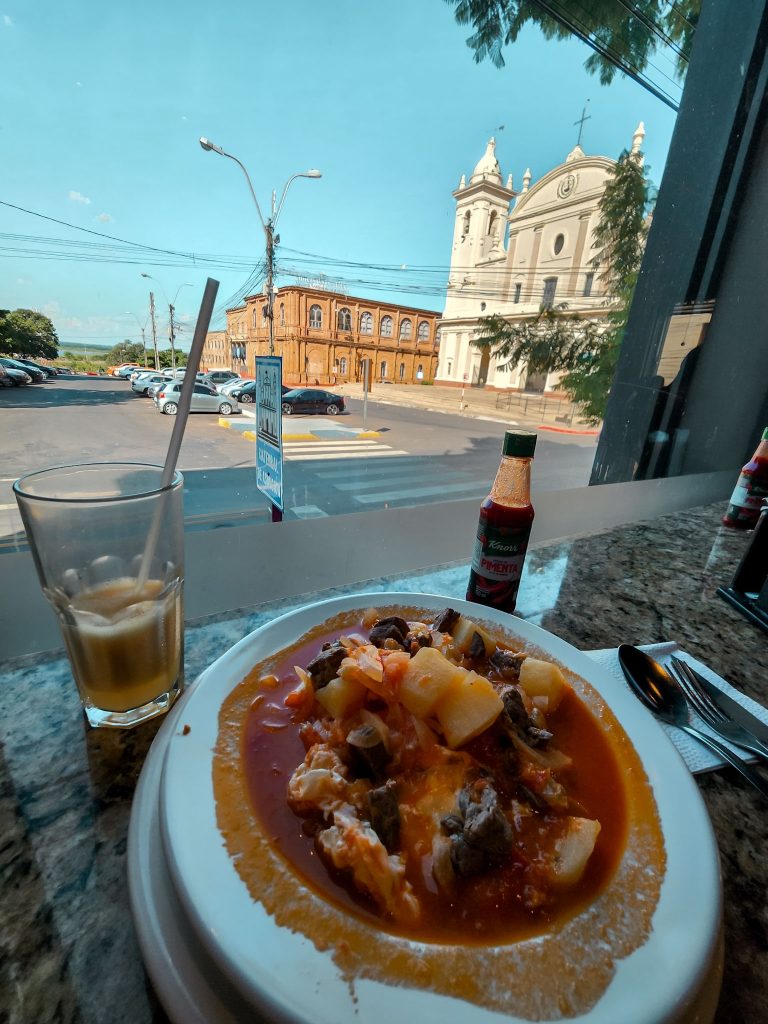

Out of all the South American countries I have been to, Paraguay is one of those hidden gems. so yes, Paraguay is worth visiting! It offers a unique blend of culture, history, and natural beauty that sets it apart from other destinations in South America. From the colonial architecture of Asunción to the stunning landscapes of the Gran Chaco and the Paraná River, Paraguay has something to offer every traveler.
One of the highlights of Paraguay is its rich cultural heritage, influenced by indigenous traditions, Spanish colonialism, and Jesuit missions. Visitors can explore ancient ruins, traditional markets, and vibrant festivals that showcase the country’s diverse cultural tapestry.
Paraguay is also known for its warm and welcoming people, who are always eager to share their culture and traditions with visitors. Whether you’re exploring the bustling streets of Asunción or relaxing in a rural village, you’re sure to encounter friendly faces and warm hospitality.
In addition to its cultural attractions, Paraguay boasts stunning natural beauty, including lush rainforests, rolling hills, and majestic rivers. Outdoor enthusiasts will find plenty to do, from hiking and birdwatching to kayaking and wildlife spotting.
Overall, Paraguay offers a unique and authentic travel experience that is sure to leave a lasting impression. Whether you’re interested in history, culture, or nature, Paraguay has something for everyone and is definitely worth a visit.
Conclusion A. Recap of highlights from the backpacking trip: Looking back on my backpacking trip in Paraguay, some of the highlights include exploring the historic Jesuit missions, experiencing the vibrant culture and cuisine of Asunción, and immersing myself in the natural beauty of the Gran Chaco region. Each day brought new adventures and discoveries, making this trip truly unforgettable. B. Tips for future backpackers in Paraguay: For future backpackers planning a trip to Paraguay, I recommend packing light and including a reusable water bottle to stay hydrated. It’s also helpful to learn some basic Spanish or Guarani phrases, as English is not widely spoken outside of major cities. Additionally, be prepared for the warm and humid weather by bringing lightweight, breathable clothing and plenty of sunscreen. C. Final thoughts on backpacking in Paraguay: Backpacking in Paraguay has been an incredible journey filled with rich cultural experiences, stunning landscapes, and warm hospitality. The country’s unique blend of history, culture, and nature makes it a truly special destination for any traveler. As I continue my journey to visit all the UN-recognized countries, Paraguay will always hold a special place in my heart.
central America itinerary for 4 weeks mexico costa rica north america Attractions in Paraguay

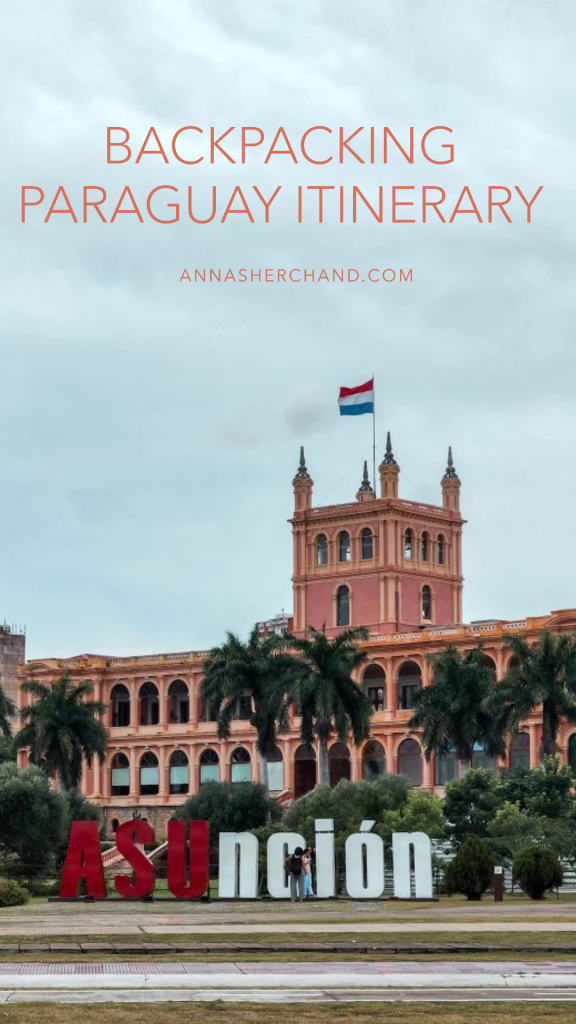
Let me know in the comments:
If you have any questions about backpacking Paraguay
Venezuela itinerary and travel tips
5 days in Uruguay itinerary
Solo female travel to Georgetown Guyana
Paramaribo itinerary and travel tips
Solo trip to Peru One month itinerary
Solo female travel Colombia
7 days backpacking in Ecuador itinerary
Solo female travel to Georgetown Guyana
5 days in Oaxaca itinerary
2 days in Mexico City itinerary
7 Days Itinerary in Georgia
4 Days in Azerbaijan Itinerary
Best places to visit from Split
2 days in Split, Croatia
Solo traveling to Mostar
Solo female travel to Kotor
Solo female travel to Budva
Solo female travel Albania
Warsaw by Train covers warsaw travel tips
Check out One day in Luxembourg, western Europe
Day trip from Zurich to Liechtenstein
Travel tips to South America
Fiji solo travel guide
Australia east coast must-see
Backpacking in Melbourne, Australia
Digital nomad guide to Melbourne
14 best area to stay in Melbourne CBD
Master Sydney travel guide
Solo travel guide to Brisbane
Exploring Adelaide the best way is a must-read
Important travel tips for Uluru trip
Melbourne day trips in winter
Day Hikes in Melbourne
Weekend getaway? Check out things to do in Ballarat
Perth solo itinerary
Top 5 must do in Darwin, Australia
How to go from Dublin to Howth
Solo female travel Romania
Read a recent day trip to Zaanse Schans from Amsterdam
How about a solo itinerary to Canberra– Australia’s capital city?
Solo trip to Peru, travel tips to South America
Check out the 7 days Hanoi travel guide.
Book accommodation through trusted Booking.com
I have detailed travel resources right here. Save money, learn what and how.
If you like this article, follow my adventures on Instagram, Facebook, YouTube, Twitter, and Pinterest, or read about me travel blogger from Australia but most importantly sign up to my e-mail list to keep up with updates and travel posts!

